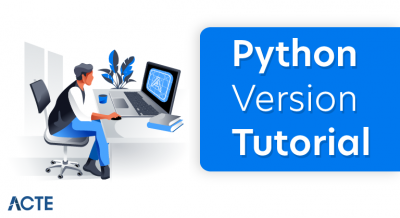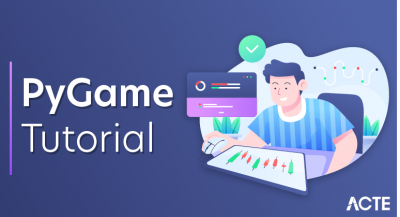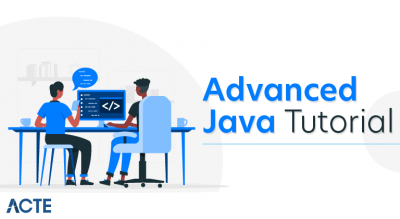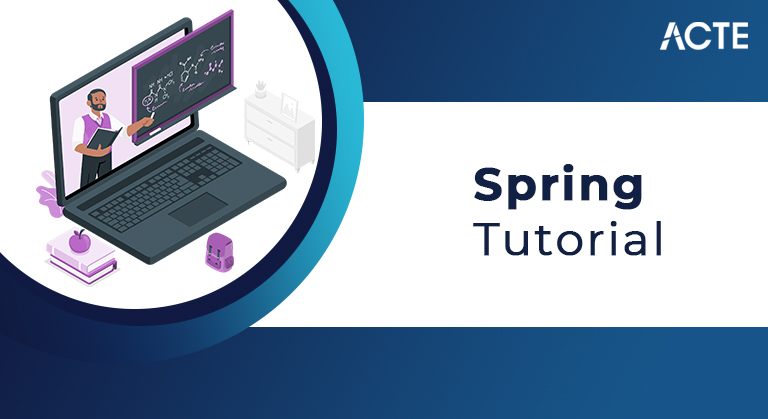
- What is Spring Framework and how it functions?
- Highlights Of Spring Framework
- For what reason do we involve Spring in Java?
- Is Spring simple to learn?
- Spring Framework Architecture
- Modules Of Spring Framework
- Spring Data Access/Integration
- Spring Web
- Instrumentation
- Spring IoC Container
- Dependency Injection
- Center AOP Concepts
- Spring MVC (Model-View-Controller)
- Conclusion
What is Spring Framework and how it functions?
Spring is a strong lightweight application advancement structure utilized for Java Enterprise Edition (JEE). As it were, it is a system of structures since it offers help to different structures like Struts, Hibernate, Tapestry, EJB, JSF, and so forth The system from a more extensive perspective can be characterized as a design utilizing which you can tackle numerous specialized issues. Since its starting point, the Spring Framework has delivered numerous variants. 4.3.8 is the current Spring Framework form.
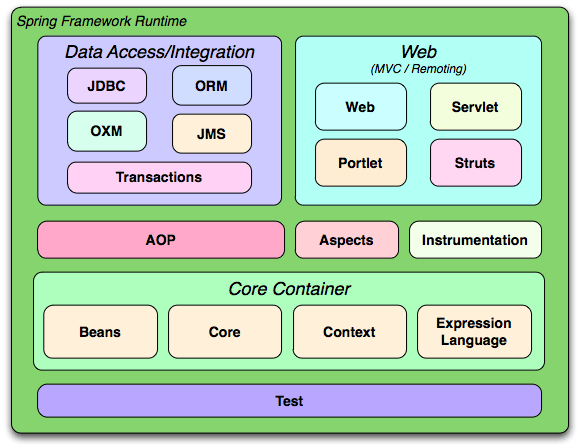
- Lightweight: Spring Framework is lightweight as for size and straightforwardness.
- Reversal Of Control (IoC): In Spring Framework, free coupling is accomplished utilizing Inversion of Control. The items give their own conditions as opposed to making or searching for subordinate articles.
- Perspective Oriented Programming (AOP): By isolating application business rationale from framework administrations, Spring Framework upholds Aspect Oriented Programming and empowers firm turn of events.
- Holder: Spring Framework makes and deals with the existence cycle and design of use objects.
- MVC Framework: Spring Framework is a MVC web application system. This system is configurable by means of points of interaction and obliges various view innovations.
- Exchange Management: For exchange the board, Spring structure gives a nonexclusive reflection layer. It isn’t attached to J2EE conditions and it tends to be utilized in holder less conditions.
- JDBC Exception Handling: The JDBC deliberation layer of the Spring Framework offers a special case pecking order, which works on the blunder dealing with system.
Highlights Of Spring Framework :-
- Chips away at POJOs (Plain Old Java Object) which makes your application lightweight.
- Gives predefined layouts to JDBC, Hibernate, JPA and so forth, in this way diminishing your work of composing an excessive amount of code.
- On account of reliance infusion include, your code turns out to be approximately coupled.
- Utilizing Spring Framework, the advancement of Java Enterprise Edition (JEE) applications turned out to be quicker.
- It likewise gives solid deliberation to Java Enterprise Edition (JEE) particulars.
- It offers definitive help for exchanges, approval, storing and organizing.
For what reason do we involve Spring in Java?
Is Spring simple to learn?
So let me answer this inquiry in extremely straightforward terms. Indeed, Java Spring is truly simple to learn as the whole Spring structure is intended to work with POJOs rather than relying upon unique connection points, dynamic classes, and so on. Along these lines, we should now plunge into this Spring Tutorial, getting going from the extremely essential contrasts among Java and Spring.
Spring has spread its notoriety across different spaces. Spring Framework currently is the establishment for different other Spring Projects that have come up in the contributions in the last a few years. Look at the underneath picture to observe different ventures embraced by Spring.
Spring Framework Architecture :-
As you can find in the graph beneath, Spring Framework engineering is an organized layered design that comprises of various modules. Every one of the modules have their own functionalities that are used to fabricate an application. There are around 20 modules that are summed up into Core Container, Data Access/Integration, Web, AOP (Aspect Oriented Programming), Instrumentation, and Test. Here, the engineer is allowed to pick the necessary module. Its measured engineering empowers coordination with different systems absent a lot of problem.
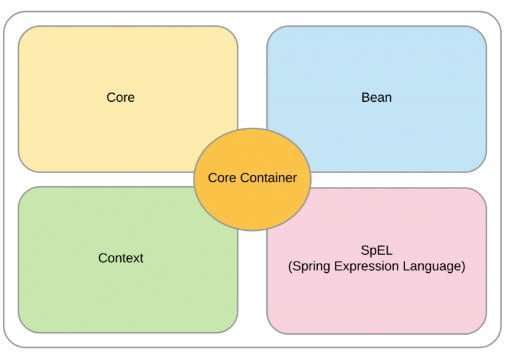
We should now investigate these modules exhaustively. I will begin with the Core Container on which the other modules are developed, then, at that point, I’ll discuss Data Access followed by Web and AOP. At last, I will talk about a portion of the various modules.
Modules Of Spring Framework :-
Center Container: This holder has the accompanying four modules :
1. Spring Core: This module is the center of the Spring Framework. It gives an execution to highlights like IoC (Inversion of Control) and Dependency Injection with a singleton configuration design.
2. Spring Bean: This module gives an execution to the production line configuration design through BeanFactory.
3. Spring Context: This module is based on the strong base given by the Core and the Beans modules and is a medium to get to any object characterized and designed.
4. Spring Expression Languages (SpEL): This module is an expansion to articulation language upheld by Java server pages. It gives a strong articulation language to questioning and controlling an item diagram, at runtime.
Spring Data Access/Integration :-
It comprises of the accompanying five modules:
1. JDBC: This module gives JDBC deliberation layer which wipes out the need of redundant and pointless special case taking care of upward.
2. ORM: ORM represents Object Relational Mapping. This module gives consistency/versatility to our code paying little heed to information access advances in view of item arranged planning idea.
3. OXM: OXM represents Object XML Mappers. It is utilized to change over the articles into XML arrangement as well as the other way around. The Spring OXM gives a uniform API to get to any of these OXM structures.
4. JMS: JMS represents Java Messaging Service. This module contains highlights for delivering and consuming messages among different customers.
5. Transaction: This module upholds automatic and revelatory exchange the board for classes that carry out exceptional points of interaction and for all your POJOs. All the undertaking level exchange execution ideas can be carried out in Spring by utilizing this module.
- Web: This module utilizing servlet audience members and a web-arranged application setting, gives essential web-situated incorporation highlights like multi-part record transfer usefulness and the instatement of the IoC compartment.
- Web-Servlet: This module contains Model-View-Controller (MVC) based execution for web applications. It gives any remaining highlights of MVC, including UI labels and information approvals.
- Web-Socket: This module offers help for WebSocket based and two-way correspondence between the customer and the server in web applications.
- Web-Portlet: This module is otherwise called the Spring-MVC-Portlet module. It offers the help for Spring-based Portlets and mirrors the usefulness of a Web-Servlet module.
Spring Web :-
Web layer incorporates the accompanying modules:
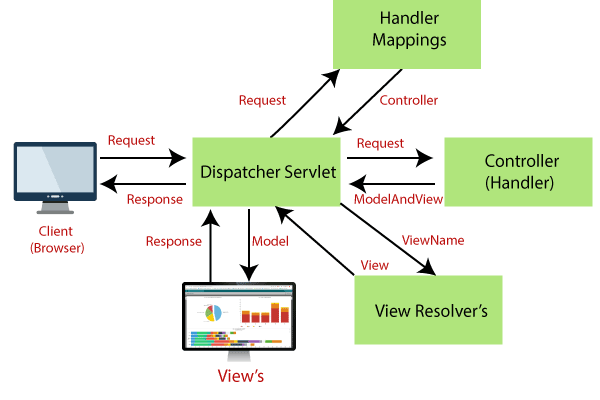
Instrumentation :-
This module gives class instrumentation support and classloader executions that are utilized in specific application servers.Test:This module upholds the testing of Spring parts with JUnit or TestNG. It gives predictable stacking of Spring ApplicationContexts and storing of those unique circumstances. It likewise gives mock articles that we can use to test our code in segregation.
To make your application, you may require the assistance of IDE (Integrated Development Environment). An IDE is a product application that gives thorough offices to the software engineers for programming advancement. There are different IDE’s accessible on the lookout, here I am utilizing the Eclipse IDE on the grounds that it’s exceptionally advantageous to utilize. So presently how about we perceive how to introduce IDE and begin programming.
Spring IoC Container :-
Since we are finished with the principal fundamental program, I want to believe that you have a thought regarding Spring Framework. How about we currently examine on a portion of the ideas working at the center of Spring Framework. We will start with IoC compartment.So what precisely is an IoC compartment in Spring? Indeed, Spring IoC represents Inversion of Control. It is the core of the Spring Framework. The significant assignments performed by the IoC holder are:
1. Instantiating the bean
2. Wiring the beans together
3. Configuring the beans
4. Managing the bean’s whole life-cycle
The IoC holder gets metadata from either a XML record, Java comments, or Java code and works in like manner. IoC adds the adaptability and control of utilization, and gives a focal spot of design the board for Plain Old Java Objects (POJO) of our application.This chart addresses a theoretical perspective on the working of Spring Framework. It shows how Spring utilizes Java POJO classes and setup metadata to deliver a completely designed and executable framework or application.
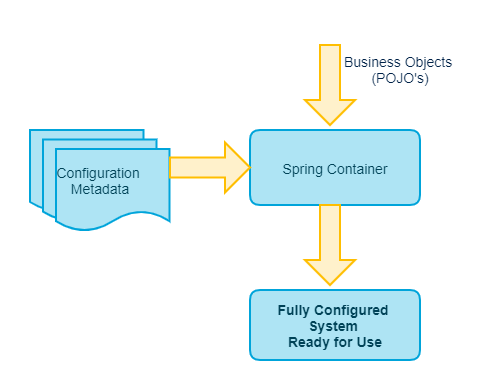
- It is a connection point characterized in org.springframework.beans.factory.BeanFactory.
- Bean Factory offers the fundamental help for Dependency Injection.
- It depends on manufacturing plant configuration design which makes the beans of any kind.
- BeanFactory follows languid introduction procedure which means beans are stacked when bean manufacturing plant occasion is made yet the beans are made just when getBean() strategy is called.
- It is a connection point characterized in org.springframework.context.
- It is the high level Spring compartment and is based on top of the BeanFactory interface.
- ApplicationContext upholds the elements upheld by Bean Factory yet in addition gives a few extra functionalities.
- ApplicationContext follows excited introduction procedure which means example of beans are made when you make the occurrence of Application setting.
- The ClassPathXmlApplicationContext class is the execution class of ApplicationContext interface. You really want to launch the ClassPathXmlApplicationContext class to involve the ApplicationContext as displayed beneath
There are two sorts of IoC compartments:
1. BeanFactory
2. ApplicationContext
- The subelement of is utilized for constructor infusion.
- As a matter of course when the Spring holder stacks the bean, it starts up the bean with the default constructor. In any case, you can likewise characterize a constructor contention in bean definition, utilizing a contention constructor.
- The subelement of is utilized for setter injection.
- Setter-based Dependency Injection is refined by the compartment calling setter strategies on your beans in the wake of conjuring a no-contention.
Dependency Injection :-
Reliance Injection is likewise one of the center ideas of Spring Framework. It is a plan design that eliminates the reliance from the code. That is, the Spring Framework gives the conditions of the actual class so it tends to be not difficult to oversee and test the application. You can give data from outside source, for example, XML record. Here, you don’t make the articles rather you simply characterize how they ought to be made and IoC holder will make the items for you.
In Spring, conditions can be infused in two ways:
1. By constructor :
2. By setter technique :
Perspective situated programming (AOP) is a programming approach that permits worldwide properties of a program to decide how it is assembled into an executable program. AOP praises OOPs as in it likewise gives seclusion. In any case, here, the vital unit of particularity is a viewpoint rather than a class. AOP separates the rationale of program into unmistakable parts called concerns. This builds particularity by cross-cutting worries.
A cross-cutting concern is a worry that influences the entire application and is concentrated in one area in code like exchange the board, validation, logging, security and so forth See the accompanying chart to comprehend it better. AOP can likewise be considered as a powerful decorator configuration design. The decorator design permits extra conduct to be added to a current class by wrapping the first class and copying its point of interaction and afterward designating to the first.
Center AOP Concepts :-
There are fundamentally seven center ideas in Aspect Oriented Programming. They are portrayed through the accompanying outline:
1. Aspect : A perspective is a class that executes the JEE application concerns what plays hooky, for example, exchange the executives, security and so on Perspectives can be an ordinary class designed through Spring XML arrangement. It can likewise be normal classes explained utilizing @Aspect comment.
2. Joinpoint : A joinpoint is a competitor point in the program execution of an application where an angle can be connected. This point could be a technique being called, a special case being tossed, or even a field being adjusted.
3. Advice: Advices are the real activities taken for a specific joinpoint. Essentially, they are the techniques that get executed when a certain joinpoint meets a matching pointcut in the application.
4. Pointcut: Pointcut are articulations that are coordinated with join focuses to decide if counsel should be executed or not.
5. Target Object: They are the article on which advices are applied. In Spring AOP, a subclass is made at runtime where the objective technique is abrogated and advices are incorporated in view of their arrangement.
6. Proxy: An intermediary is an article that is made in the wake of applying exhortation to the objective item. As far as customer, the items, the objective article and the intermediary object are same.
7. Weaving: Weaving is the most common way of connecting an angle with other application types or protests to make an exhorted object.
8. Previously: These sorts of advices execute before the joinpoint techniques. They are arranged utilizing @Before explanation mark.
9. In the wake of returning: These kinds of advices execute after the joinpoint strategies complete executing regularly. They are arranged utilizing
10. Subsequent to tossing: These kinds of advices execute just when joinpoint technique exits by tossing an exemption. They are arranged utilizing
11. Later (at last): These kinds of advices execute after a joinpoint technique executes, no matter what the strategy’s leave (regardless of whether typical or remarkable return). They are arranged utilizing @After explanation mark.
12. Around: These sorts of advices execute when a join point and are arranged utilizing @Around comment mark.
- A solicitation is gotten by DispatcherServlet.
- The DispatcherServlet speaks with HandlerMapping and calls the Controller related with the solicitation.
- The solicitation is handled by the Controller by calling the proper help strategies and a ModelAndView object to the DispatcherServlet is returned.
- The view name is shipped off a ViewResolver by the DispatcherServlet to track down the genuine View to conjure.
- Presently the model article DispatcherServlet is passed to View to deliver the outcome.
- With the assistance of the model information, the View delivers the outcome back to the client.
Spring MVC (Model-View-Controller) :-
Spring MVC helps in building adaptable and approximately coupled web applications. The Model-View-Controller configuration design helps in isolating the business rationale, show rationale and route rationale. It gives an exquisite answer for use MVC in Spring Framework with the assistance of DispatcherServlet.
At the point when a solicitation is shipped off the Spring MVC Framework, the accompanying happens.
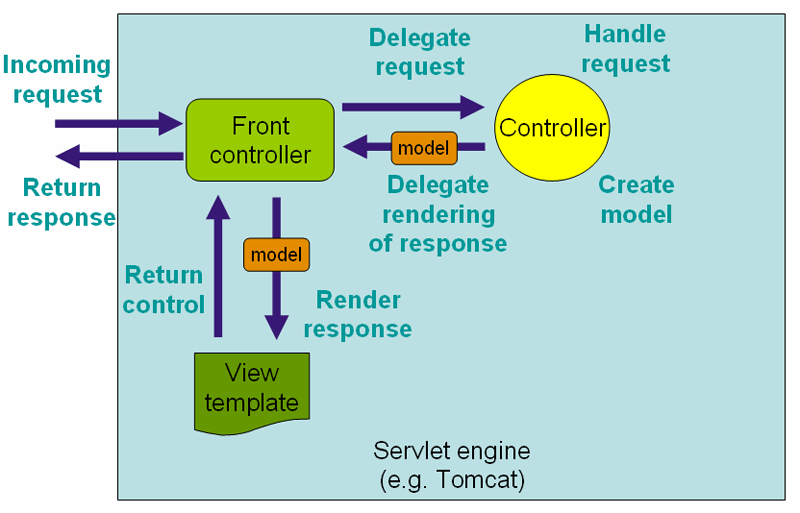
Conclusion :-
Numerous associations are utilizing Spring innovation partially. This is an insightful methodology standing by to check whether it truly gets on in the standard prior to putting all the more vigorously in Spring. Be that as it may, by contrast numerous developers are put off by the promotion encompassing Spring. For sure, a few software engineers feel that the intricacy of Spring is excessively incredible adjusted against the advantages it gives.
Regardless, as developers it’s significant essentially to have the option to utilize Spring. In spite of what many say about Spring, it’s anything but a complicated innovation. Spring code can be composed and added to a current application very quickly. All the more significantly, Spring progressively consolidates a few truly progressed programming strategies, for example, angle arranged programming, reliance infusion and reversal of control, XML-based setup, auto-wired items, and so forth As developers, we overlook such patterns at our hazard.


